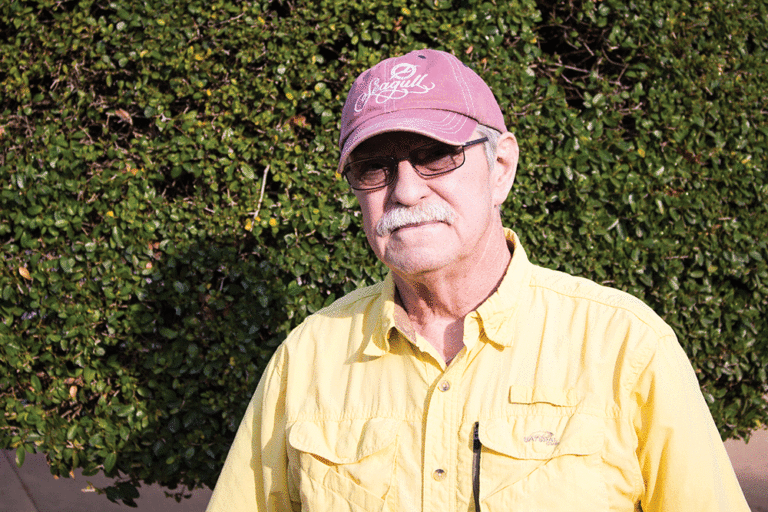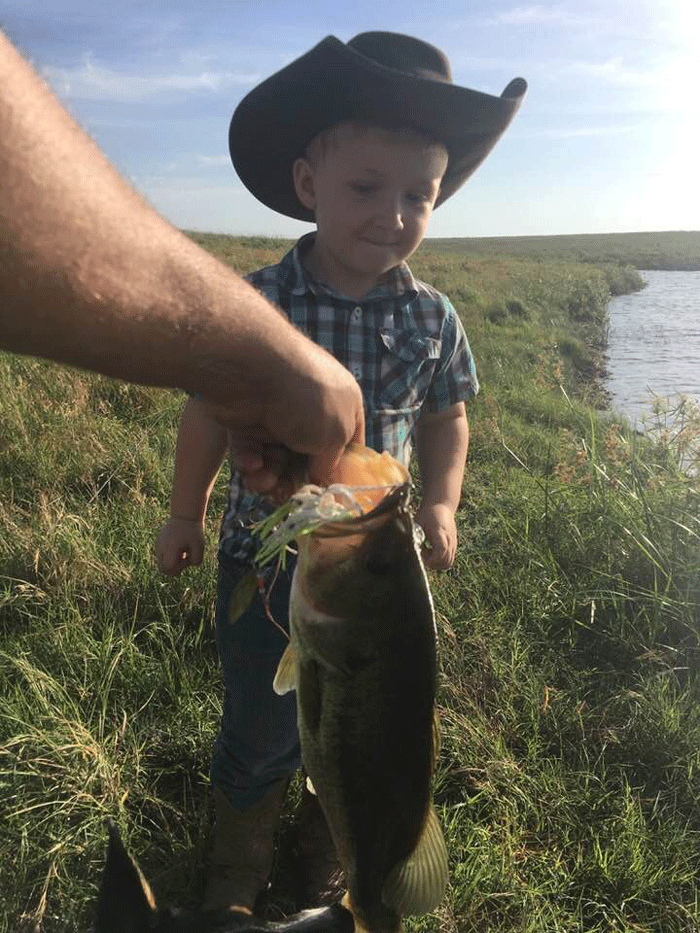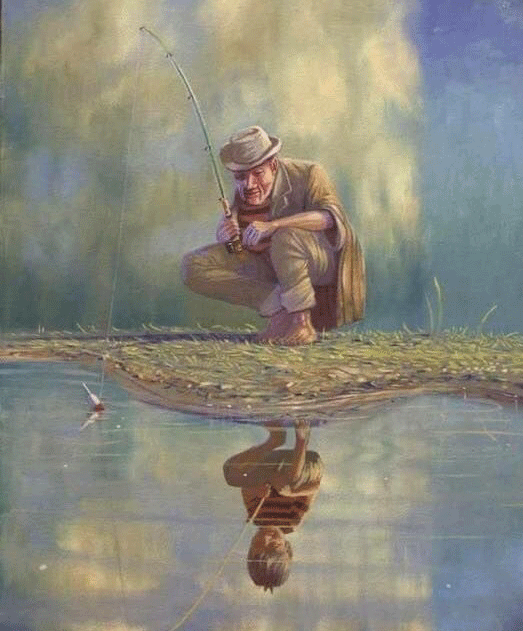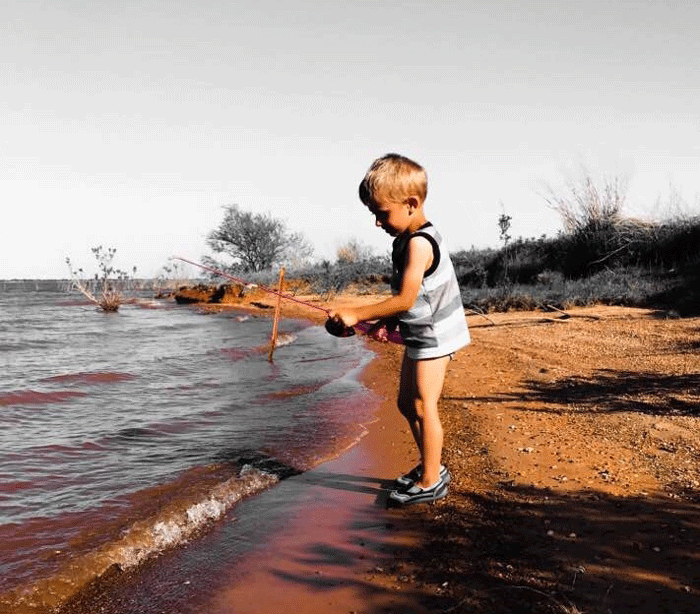
With the heat indexes running above 100 degrees and increasingly dry and windy weather, sitting in front of the air conditioning is not a bad option. But there are fish to catch and adventures waiting on us!
This time of year there is not much hunting activity at all. Fishing for the most part is concentrated in the early morning and late evening when the temperatures are more moderate.
With last Sunday being Father’s Day, I hope everyone had a chance to celebrate with those closest to you and maybe embark on some new adventure! At least, I hope you had the chance to sit around in the evening and relive those special memories shared with a loved one in our great outdoors. Hopefully mosquito free!
My brothers and I were so lucky to grow up in rural Jefferson County. Back then you didn’t really think about being in the outdoors because that’s where you spent the majority of your time. You were either working cattle, building fence, killing mesquites, on a tractor or if really unlucky, hauling hay! When not working you still preferred to be outside riding horses, hanging out on the creek or fishing at the “concrete dam” or your favorite tank.
Times have changed but the sport of fishing remains very popular and a great way to introduce the little ones to our great outdoors.

If you are lucky enough to venture west to the mountains this time of year and find yourself on a mountain stream casting a fly, you are blessed!
Waking up to the cool crisp mornings, the smell of pine and pinion trees just add to the experience.
If you have a trout fishing trip in your near future, we have a few tips for you that you may have forgotten.

From Colorado to Maine, Wisconsin to Georgia, all trout behave the same way. How, when, and where they feed is highly predictable. Learning how to catch them on a fly rod, however, goes beyond simply knowing where to find the fish. Listed below are some tips that will get you primed and ready for every aspect of the trout game, from how what to feed them, to how to set the hook.
Learning to read the water is one of the most important it is probably the most important skill for river anglers the world over. Do you know what a riffle, eddy, tailout, run, and pool is? If not, learn them. Fish utilize these spots for different reasons and move from one to the other at different times of year and times of day. Trout are lazy creatures that utilize rocks, currents, and eddies to hide in ambush and wait for food. Start paying attention to where you saw that last fish rise and why it might have been there. Talk to fellow anglers and ask where they’ve been catching fish. Most important, just sit for a while and watch the water. It’s amazing how much you can learn if you just slow down and pay attention without throwing a line.
While fish eat everything from snakes to birds and mice, most trout concentrate on aquatic insects, small baitfish, and crustaceans. Do yourself a favor and learn the life cycle of the major insects in the area you are fishing-probably mayflies, caddisflies, midges, and stoneflies. The recently republished book Selective Trout is an excellent resource for this information. Terrestrial (which means land based) insects like beetles, ants, and grasshoppers are also important food sources for trout, especially in late summer and early fall when they tend to be more abundant than many water-born insects.
Trout are often the first species of fish fly anglers catch, and they learn that setting a hook on them—especially when using a dry fly—requires a quick and smooth lifting of the rod straight up. The problem is that this method doesn’t work when switching to streamers. When working flies underwater, a lift upon the strike will usually cost you the fish. In this scenario, you’ve got to strip set with the rod low and pointed directly at the fish. When the fish hits, just strip one or maybe two more times and the fish should be hooked. After a solid strip set, then you can lift the rod to fight the trout.

Almost everyone is guilty of getting overly excited as soon as you get to the river and wading right in to that first run. The fact is, you probably spooked trout between you and that run. Learn to slow down a little when you hit the river. When you find a prime piece of water, fish your way to it instead of wading right to it. You’ll be shocked at how many more trout you catch.
After finding a feeding fish don’t immediately cast to it. It’s tempting, but instead, stay calm, still, and quiet and watch what it’s doing for a moment. Make note of the timing of each rise and drop the fly at the right time.
Finally, be respectful to other anglers and don’t crowd someone who might have beaten you to your favorite spot-simply find another! Everyone likes the quiet of the woods and the sounds of the rushing water. Find your spot, be attentive and enjoy matching wits with the local trout!
Until next week , get outdoors!